Baby back ribs come from the upper ribcage of the pig, specifically from the area just below the spine and attached to the loin muscle. Despite their name, they do not come from baby pigs. The term "baby" refers to their smaller size compared to spare ribs.
From Pig to Plate: Tracing the Cut
Baby back ribs are harvested from the dorsal (back) section of the pig, where the ribs connect to the backbone. This area is part of the loin, which is also where pork chops come from. Since this part of the pig is less exercised than the belly section, the meat is naturally more tender and leaner than other rib cuts.
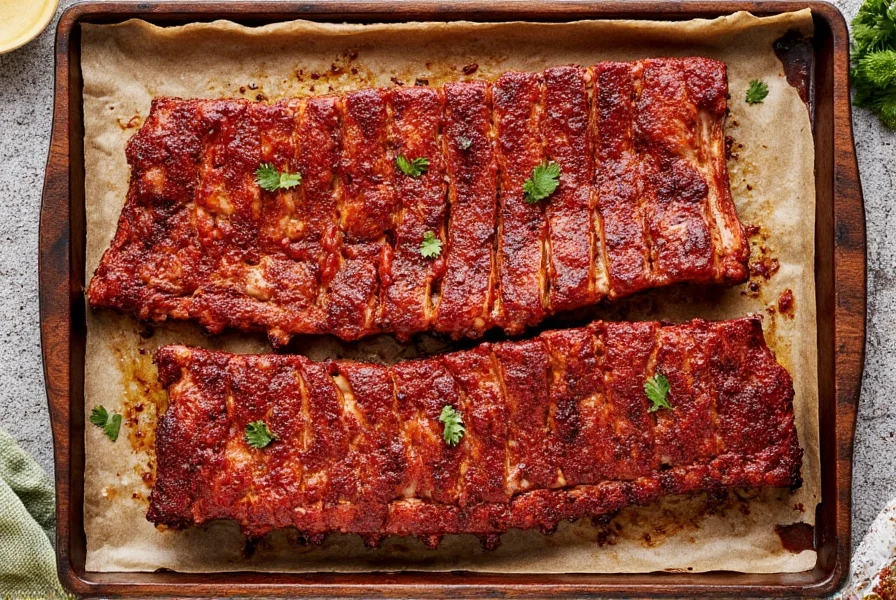
Baby Back vs. Spare Ribs: Key Differences
| Feature | Baby Back Ribs | Spare Ribs |
|---|---|---|
| Location | Back (near the spine) | Underbelly (lower ribcage) |
| Size | Shorter and curved | Longer and flatter |
| Fat Content | Leaner | Fattier |
| Cooking Time | Quicker (4–5 hours at 225°F) | Longer (6+ hours at 225°F) |
| Flavor Profile | Milder, more delicate | Richer, more intense |
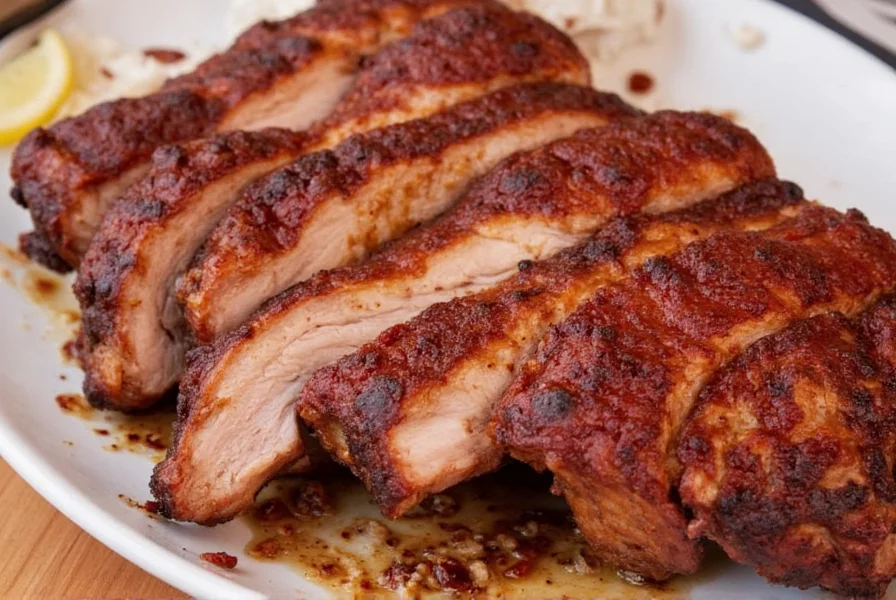
Choosing the Best Racks: Buyer's Guide
- Color: Look for bright pinkish-red flesh with nice marbling. Avoid gray or brown spots.
- Fat Cap: A thin fat cap keeps meat moist during cooking. Avoid overly lean racks.
- Meat Coverage: Check that each rib has generous meat between bones.
- Flexibility: Fresh ribs should flex slightly without cracking.
- Bone Structure: Uniform bone size ensures even cooking.
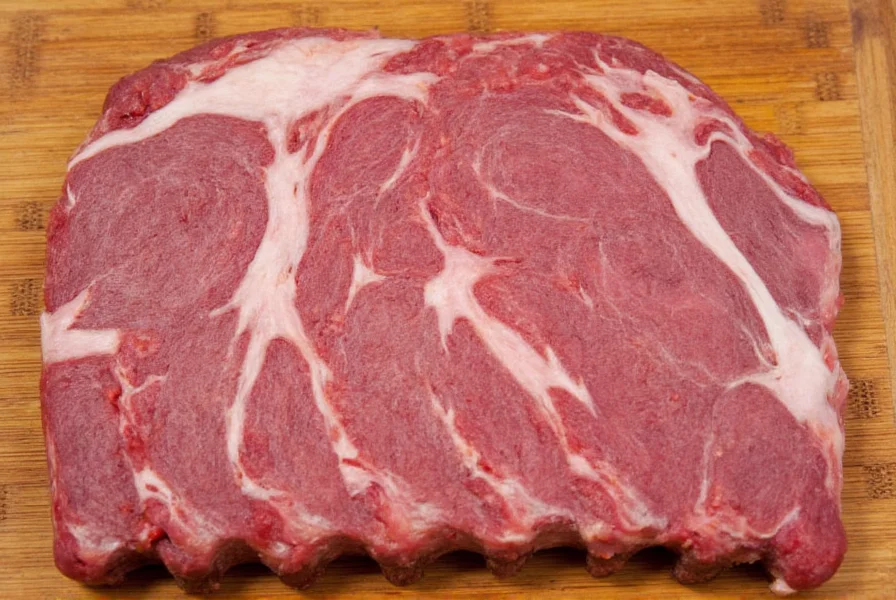
Cooking Tips for Perfect Baby Back Ribs
- Remove the Membrane: Peel off the silvery layer on the underside to allow seasoning penetration.
- Dry Brine: Salt ribs and refrigerate uncovered overnight for better flavor and bark formation.
- Apply Rub Generously: Use a balanced mix of salt, pepper, paprika, garlic powder, and brown sugar.
- Low and Slow: Cook at 225–250°F for 4–5 hours. Wrap in foil halfway through for moisture retention.
- Glaze Last: Apply BBQ sauce in the final 30 minutes to prevent burning.
- Rest Before Serving: Let ribs rest 10–15 minutes for juicier meat.
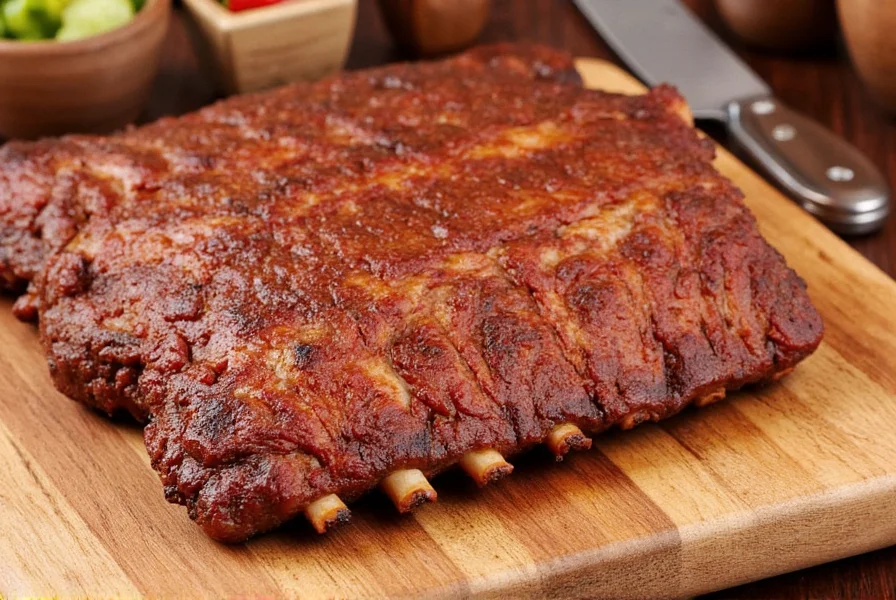
Frequently Asked Questions
Where exactly do baby back ribs come from on the pig?
Baby back ribs come from the dorsal (back) section of the pig, specifically from the area just below the spine and attached to the loin muscle. They're harvested from the upper portion of the ribcage where the ribs connect to the backbone, remaining attached to the loin after the tenderloin has been removed.
Why are they called "baby" back ribs if they don't come from baby pigs?
The term "baby" refers to the ribs' smaller size and more delicate appearance compared to spare ribs. It does not indicate the age of the pig. These ribs are shorter and more curved than spare ribs, hence the "baby" designation.
How many ribs are typically in a rack of baby backs?
A standard rack of baby back ribs typically contains 10-13 individual ribs. The exact number varies based on the pig's size and butcher's cutting technique.
What's the difference between baby back ribs and loin back ribs?
Baby back ribs and loin back ribs are the same cut of meat. These terms are used interchangeably to describe ribs attached to the loin muscle after the tenderloin is removed. They're more tender and leaner than spare ribs because they come from a less exercised part of the pig.
How much do baby back ribs typically weigh?
A full rack of baby back ribs typically weighs between 1.5 to 2.5 pounds. Weight varies based on pig size and trimming, with prices usually charged by the pound.
Why are baby back ribs more expensive than spare ribs?
Baby back ribs command a higher price due to their superior tenderness, uniform shape, higher meat-to-bone ratio, and premium status. Each pig yields fewer baby back ribs than spare ribs, contributing to their higher cost.

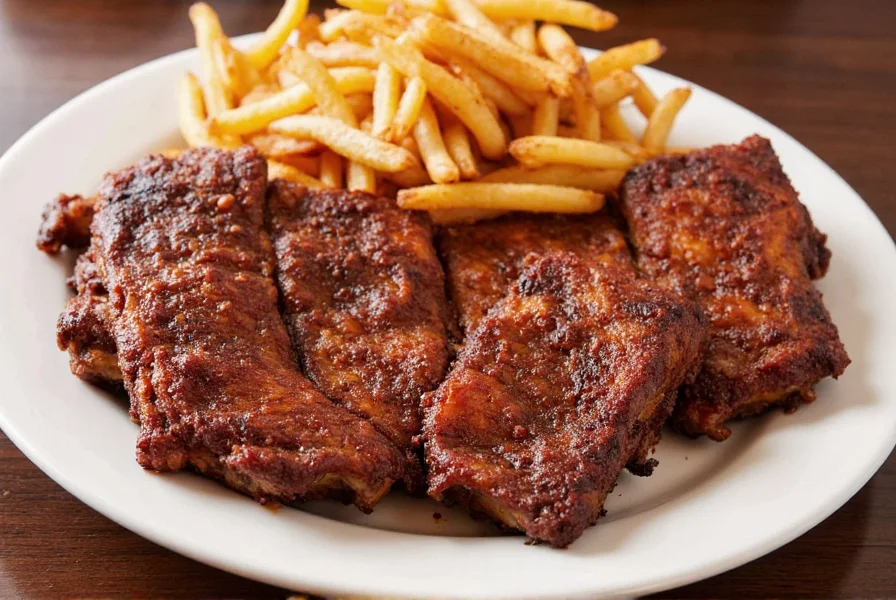









 浙公网安备
33010002000092号
浙公网安备
33010002000092号 浙B2-20120091-4
浙B2-20120091-4